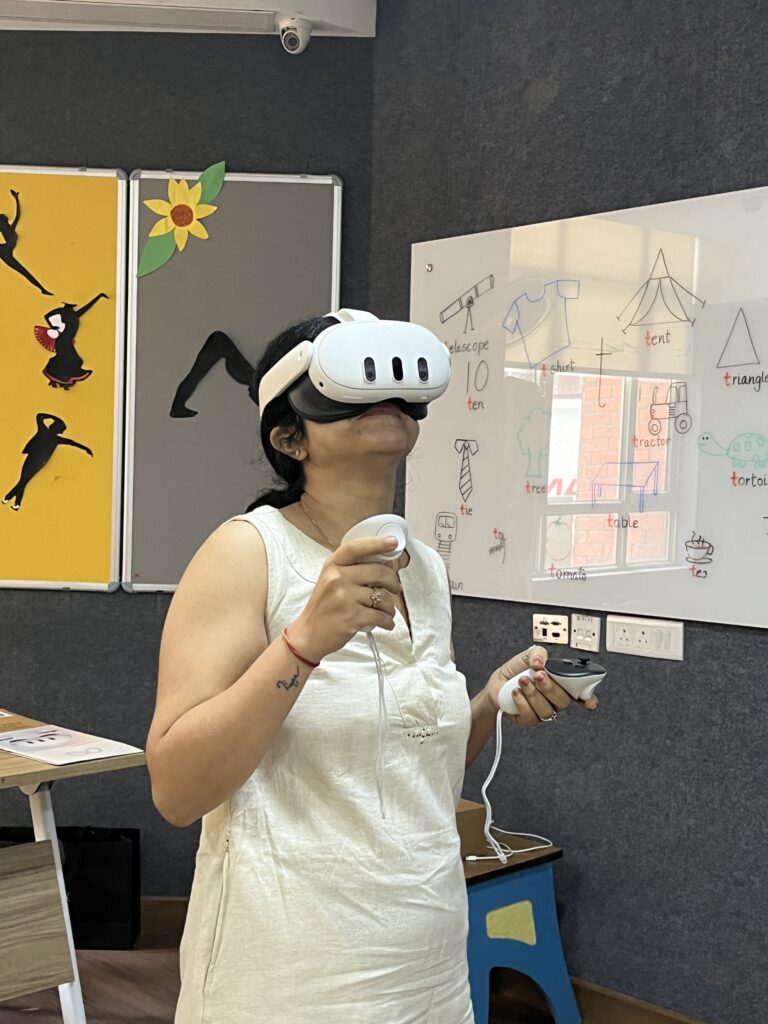“Start exploring the limitless possibilities of virtual reality, where innovation meets immersion, and experience a whole new digital dimension today!”









Premium 360° Virtual Reality (VR) refers to high-quality immersive virtual environments or experiences that offer a complete, all-around field of view (360 degrees) with advanced features, designed for an enhanced, realistic experience. Here are some key components that define premium 360° VR:
Immersive Visuals: High-definition, lifelike graphics are a key element of premium VR, often incorporating 4K or higher resolutions per eye, along with smooth frame rates (typically 60 FPS or higher) for seamless motion and realism.
360-Degree Field of View: The experience typically allows users to look in any direction within a virtual environment, whether by turning their head, moving their body, or using controls, enhancing the sense of being “in” the scene.
Advanced Headsets: Premium VR systems often use high-quality headsets like the Oculus Quest Pro, HTC Vive Pro, or PlayStation VR2, featuring high-resolution displays, wide viewing angles, and comfort for extended use. They also include advanced tracking and sensors to ensure accuracy of movement and interaction within the virtual space.
Spatial Audio: Premium 360° VR often incorporates spatial or 3D audio, meaning that sounds are not only directional but also interact with the virtual environment. This adds to the feeling of immersion by adjusting the sound as the user moves within the 360° environment.
Interaction and Controls: With features like hand-tracking, motion controllers, and sometimes even haptic feedback (vibration in response to interaction or movement), premium VR systems enable natural and intuitive interactions within the virtual world.
Content Variety: Premium VR experiences cover a wide range of content, including video games, films, educational simulations, virtual tours, and live events. Many of these experiences are available on platforms like Oculus Store, SteamVR, or PlayStation VR.
Smooth, Low-Latency Performance: To prevent motion sickness and enhance immersion, premium VR systems aim for low-latency interaction between the user’s actions and the virtual environment, requiring powerful processors and graphics cards, especially in tethered VR systems.
Room-Scale Tracking: Some premium VR systems allow for room-scale experiences, meaning users can physically walk around a designated play area while the VR system tracks their movements, making the experience feel even more lifelike.
Premium 360° VR setups are often used for applications like gaming, immersive cinematic experiences, virtual tourism, training simulations, and creative or professional purposes such as 3D modeling or virtual conferences.
“Start exploring the limitless possibilities of virtual reality, where innovation meets immersion, and experience a whole new digital dimension today!”
416/2,2nd Floor, Pillar No 126, Ghitorni Metro, New Delhi -110030
Noida, Ghaziabad, Raipur, Jaipur, Dehradun Mumbai, Punjab, Gurugram , J & K ,Bhopal

Copyright © 2015 | Design by Maps Digital
